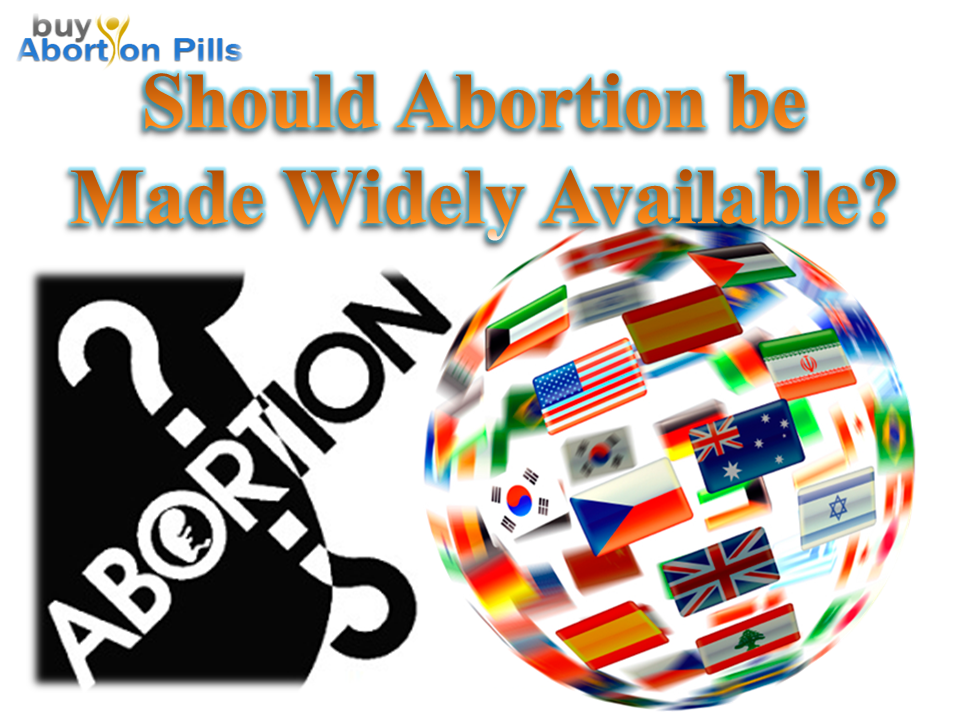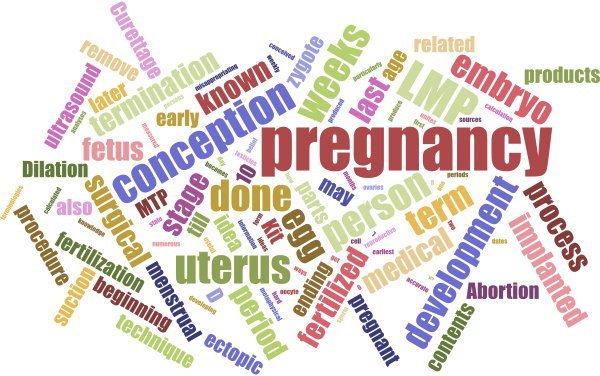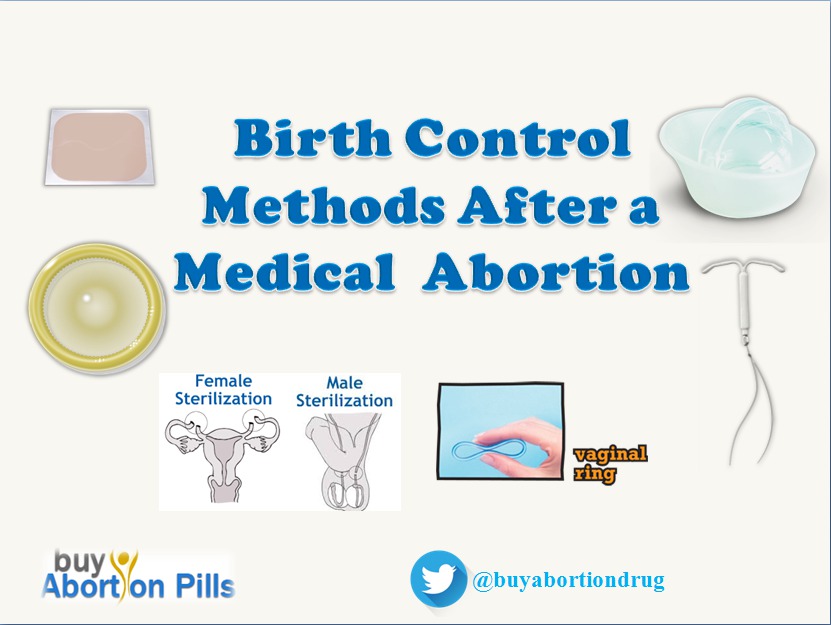Accessing services to end pregnancy is like cutting a piece of cake for many in most of the countries, but simultaneously is a hard and impossible task in many nations. Why the inequity? The laws to pregnancy termination are influenced by religious beliefs, political interest, and people’s opinions, which make the same easy or difficult for female. However, how it affects the female’s right to her reproductive health, a bit controversial. In the U.S. women can buy abortion pills without limitations, but when the same concerns in Latin America, then pregnancy ending is restrictive except on certain circumstances.
Improving Access to Medical Abortion
It is a fact that limiting services to end pregnancy does not deter a female actually from pregnancy termination. There are medical ways to induce miscarriage, though hard to obtain if not legit. Moreover deaths from childbirth are way larger than what happens on ending pregnancy. Though medication method to end conception has amounted to safety based on several certifications and researches, with the abortion pill cost being lower than invasive treatments, the access to medicines are not same everywhere, while surgical care is more reachable.
If one goes further to Asia-Pacific regions, ending pregnancy is legal but mostly only during medical emergencies or abuse, and it is disallowed otherwise. Getting pregnancy termination by choice is limited at many regions, and one such example is Russia and Ireland along with few others to mention. Those who get safe abortion pill can end pregnancy at home.
But those who cannot get the relevant care rely on back-alley regimens or travel elsewhere where the procedure is unrestricted. The burden from making pregnancy termination illegal has cost women not only physical but also mental stress. To improve medical pregnancy ending service access, the needs to be an open network of providers that can be reached within time.
Increasing Abortion Restrictions Bring No Good
In medication regimen, females take two combination medicines that expel pregnancy. This is done without invasive procedure, and abortion pills becomes an easy way to handle an unwanted pregnancy without spending much, being in complete privacy. However, in Brazil taking the medicines for pregnancy ending or surgical method are both banned even on instance of abuse but only particularly open for medical emergency situations.
The doctors and counselors sometimes misguide women and give them a biased opinion that is always against pregnancy termination. the point of restrictions are not to increase well being of women but to put undue pressure of people to go against pregnancy termination in the perspective of protecting health, a disguise which politicians and lawmakers wear today. In entirety, restriction pregnancy ending serves no good purpose.
It does not safeguard a female but make it more inconvenient and dangerous for them. Many women are not aware that their pregnancy is threatening due to lack of care services to termination, health check, and even birth control. If women are given right time access to emergency pregnancy care or conception termination, then there would be freedom for managing reproductive health but not otherwise.



